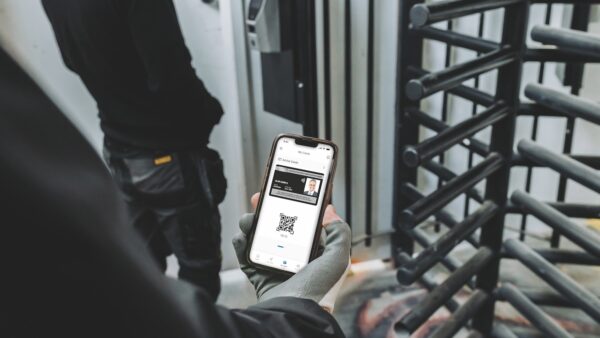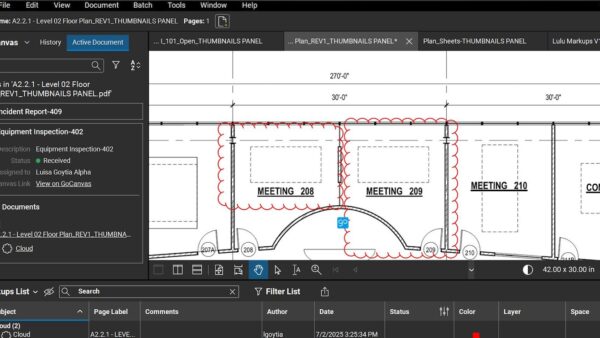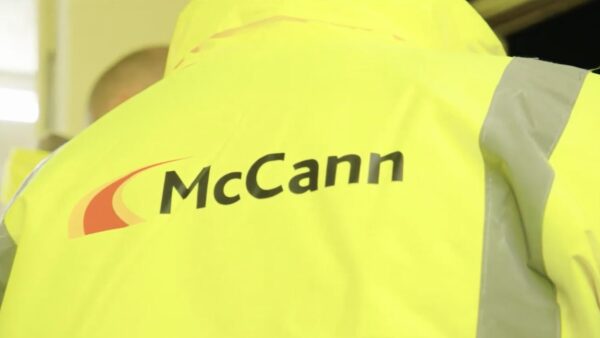
Poor definition of information requirements at the tender stage is making it harder to unlock the value of built asset data, according to Rider Levett Bucknall (RLB).
In its latest Procurement Trends Survey, RLB interviewed 108 main contractors from across the UK and across sectors. According to the respondents, half of tenders feature either no information requirements or poorly defined information requirements. Just 22% of tenders define information requirements well.
Paul Beeston, partner and head of industry and service insight at RLB, said: “Tender documents often define the ‘what’: the bricks and mortar, often in great detail and in volumes or gigabytes of drawings, models and reports. But they seem to be failing to define the ‘how’ and the ‘why’.
“Key information is typically missing – from what the sustainability objectives may be, to what measures will be used to monitor them. Most contractors are seeing badly defined information requirements, and many are reporting that projects are failing to achieve sustainability objectives.
“For too long, procurement has been less about achieving the desired outcomes and more about getting a project across the finishing line (often limping) at practical completion. It should not be about the bricks and mortar, it should be about the better patient health outcomes, educational attainment, homes where people can flourish, and workplaces where people are at their most creative and productive.”
Legislative agenda drives supply chain visibility
He added: “Three things appear to be changing that make the time right for a more substantial shift to an outcome-based procurement model. First, legislative change, including the Procurement Act. More than the Act, the social and environmental legislative agenda is increasingly concerning itself with visibility down the supply chain.
“Second, data-driven decision-making, and ultimately AI optimisation of the built environment (enabled by good data), is becoming the norm.
“And third, economic need has placed increased burden on contractors, but the fragility of contracting models has demonstrated not only the flaws in achieving quality outcomes but the need to transition from transactional to relational contracting.”
RLB proposes three steps for better outcomes:
- Define the outcome, clearly and with data-driven, measurable outcomes. Select a contractor best placed to achieve that outcome. Tools that should be used: the Value Toolkit and clearly articulated information requirements.
- Progress towards the outcomes intended needs to be monitored and measured, not just at practical completion, but through construction and post-completion. Tools that should be used: KPIs and monitoring regimes involving key stakeholders.
- Optimise a completed asset towards improved outcomes by ongoing contractor involvement in optimisation. Include a review regime and appropriate KPIs for review. Tools that should be used: performance damages and incentives, and a post-occupation optimisation regime (eg soft landings).















